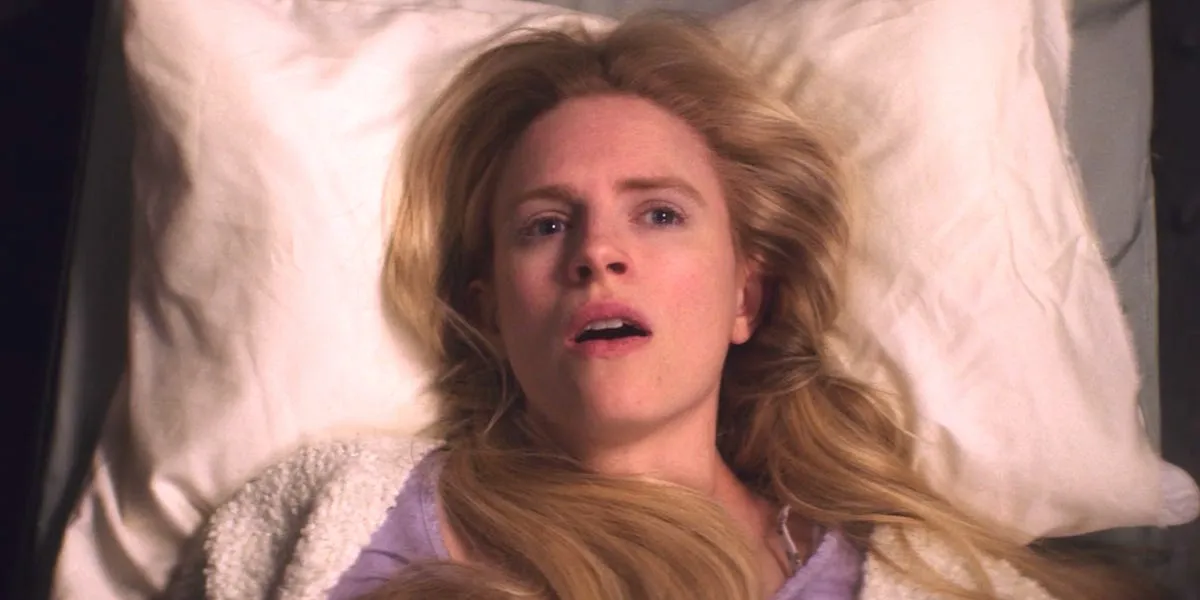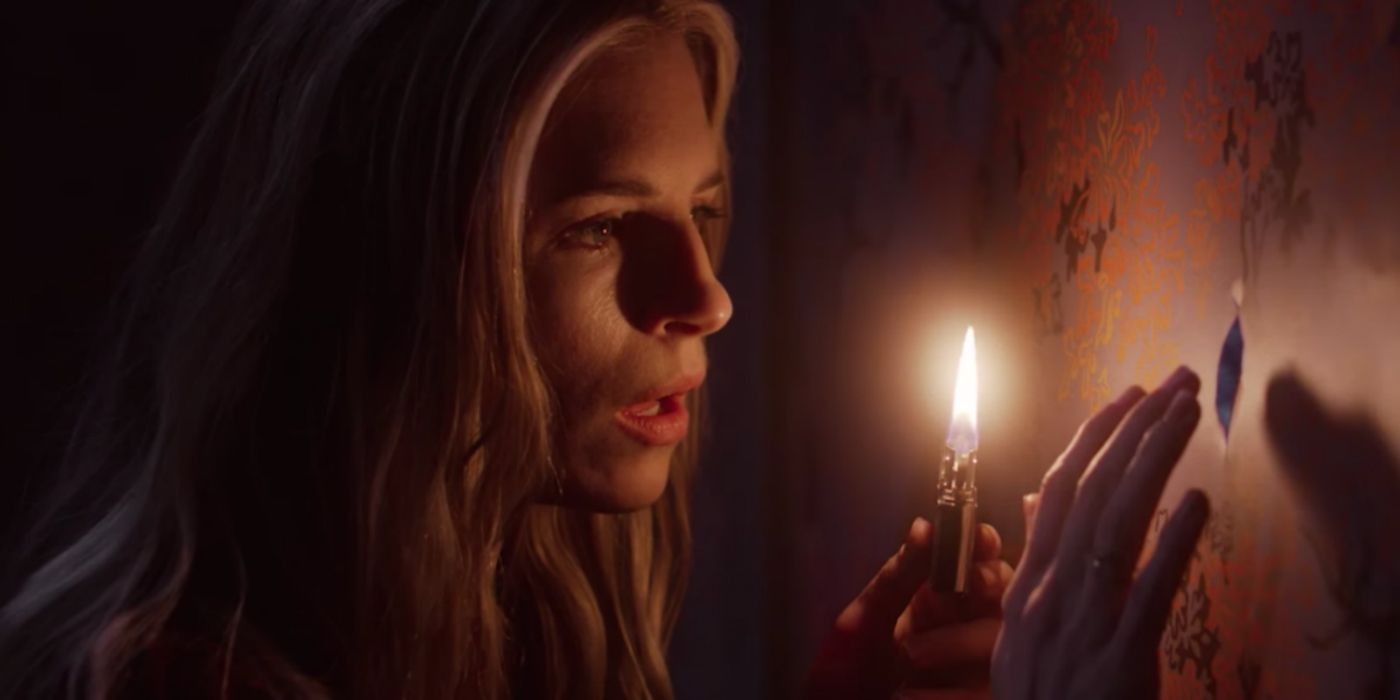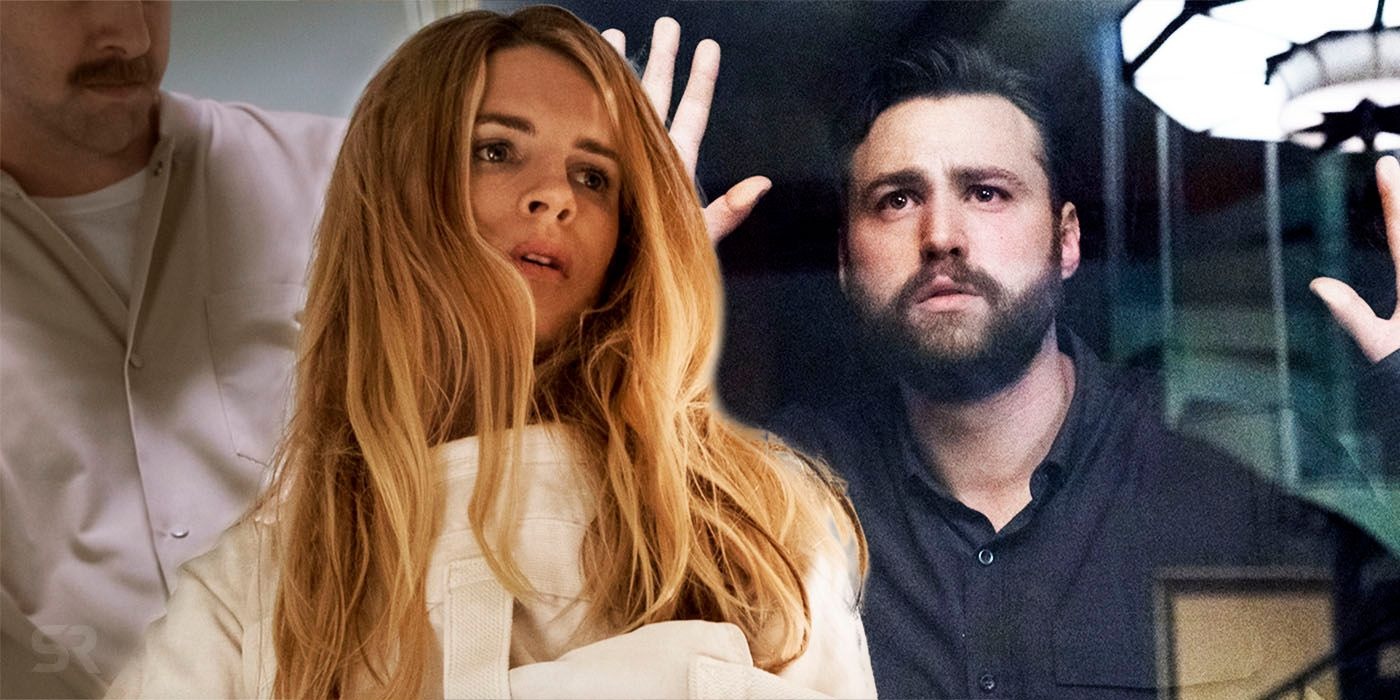The show The OA has always been a source of intrigue, especially after its Season 1 finale, which left everyone questioning just what had just happened. With the weird mix of a school shooting, teenagers, and dimension-traveling dance moves, it was hard to wrap your mind around what was real and what wasn’t.
Three years later, the show came back with Season 2, and as I watched, I couldn’t help but wonder if the second season would be able to outdo the sheer bizarre brilliance of that first season’s ending. And yet, I was completely wrong to doubt it.

The return of The OA for its second season exceeded all expectations by not only building on its already confusing story but doing so in a more cohesive and better-told way.
The introduction of new oddities like dimension-hopping robots, a cosmic traveler using love as a means of transport, and an oddly seductive telepathic octopus called Old Night made the show even more outlandish.
If you want to assess the full review, Haleigh Foutch has got that covered. But for me, the true focus lies in the final moments of the season. It’s this ending that I’m still pondering, and it will likely continue to be on my mind for a long time to come.
The Final Confrontation with Hap
Let’s break down the details first, as they are truly a sight to behold. Prairie, now in the alternate body of Nina Azarova, finally understands how to exist in this new form without erasing her memories.
She confronts Hap (Jason Isaacs), who calmly explains that his intentions aren’t malevolent but rather scientific: he is keeping the bodies of dead teenagers in a basement pool to construct a map of the multiverse, which can only be accessed by consuming the flowers that grow from the corpses’ ears.
Prairie doesn’t approve, and things take a wild turn when Homer (Emory Cohen) is shot. As Hap’s giant robot assistants begin to perform the Five Movements, the others—Steve (Patrick Gibson), Buck (Ian Alexander), Betty (Phyllis Smith), French (Brandon Perea), and Angie (Chloë Levine)—start performing the same movements, and Karim (Kingsley Ben-Adir) finally finds the Rose Window.
Prairie, glowing like angel dust, plummets back to Earth, and the screen takes us to yet another dimension—the set of The OA itself.
Breaking the Fourth Wall
Yes, you read that right. The show breaks the fourth wall and moves into reality. Production assistants rush to attend to the injured Prairie, calling her “Brit” (referring to the actress Brit Marling).
The Golden Gate Bridge appears as a backdrop, and Karim, who is somehow aware of his surroundings, looks out to see a wooden set built to resemble his houseboat. Hap also adopts a British accent and tells a paramedic, “I’m Jason Isaacs.”

If you’re wondering if this is a joke, it’s not—Jason Isaacs, the famed actor who portrayed Lucius Malfoy in the Harry Potter films, is now fully embodying his character Hap from another dimension.
This entire season, with its weird twists and turns, culminates in a closing that mirrors the first season’s finale. Steve, now presumably with all of his memories intact, chases after an ambulance, much like in the previous season.
But this time, it’s not just any ambulance—it’s the one with Prairie inside, and when Steve catches up, he looks directly at Hap (played by Jason Isaacs), greeting him with a simple, “Hello, Hap.” I’m sure you have questions about the strange intersection of time that brought us to this point.
I certainly do. But with a show as unpredictable as The OA, it feels better to just embrace the confusion instead of trying to make sense of it. It might seem like a cop-out to leave things unclear, but there’s something strangely satisfying about letting the mysteries of The OA wash over you.
If you choose to unwind with a lighthearted sitcom after watching this, I completely understand. The second season, however, cleared away the cryptic ambiguity of Season 1 and embraced the idea that magic and time travel are real and that the entire journey is a wild, fantastical ride.
The OA went from being a strange, mind-bending show to a joyful analysis of the impossible, making its finale one of the most unexpected and delightful twists yet.
With the final moments proving that there’s no time or place that this mind-bending adventure can’t reach, I feel just like Homer in the final scene: “I’ll follow you.”
You can now stream this intense and emotional film exclusively on Netflix for your next movie night.



